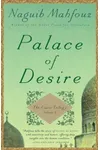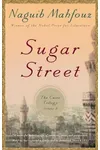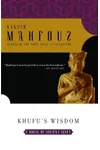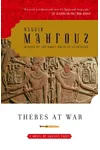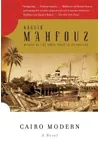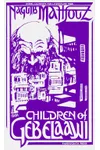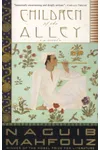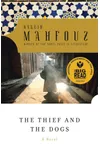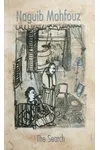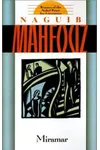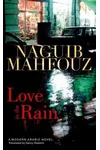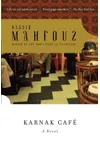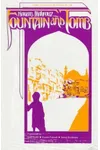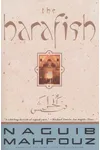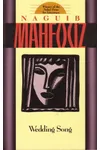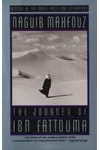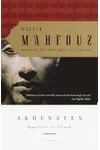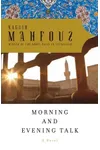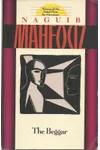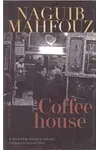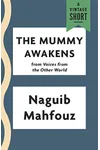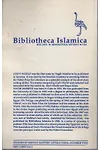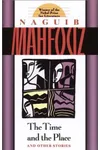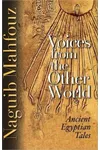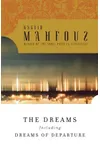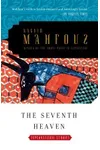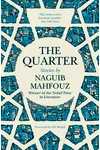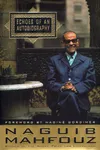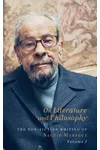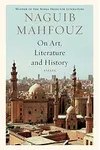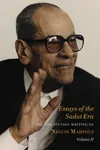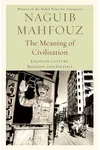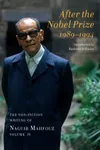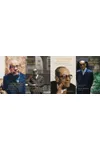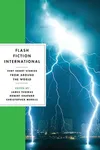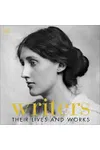Picture a storyteller who spun the vibrant streets of Cairo into timeless tales—meet Naguib Mahfouz! Born in 1911, this Egyptian literary giant became the first Arab to win the Nobel Prize in Literature in 1988. With his masterful Cairo Trilogy and dozens of novels, Mahfouz blended sharp social commentary with profound philosophical musings, capturing the heart of Egypt’s bustling capital.
From humble beginnings to global acclaim, Mahfouz’s stories invite readers into a world where tradition and modernity collide. His knack for crafting relatable characters and exploring universal themes like love, loss, and identity makes his work a treasure for book lovers everywhere. Let’s dive into the life and legacy of this remarkable writer!
The Making of Naguib Mahfouz
Naguib Mahfouz was born on December 11, 1911, in Cairo’s Gamaliya district, a lively neighborhood that would later inspire his vivid settings. Growing up in a middle-class family, he was surrounded by the sights and sounds of a rapidly changing Egypt. His love for literature bloomed early, fueled by reading Western novelists like Dickens and local Arabic tales. After earning a philosophy degree from Cairo University in 1934, Mahfouz worked as a civil servant by day and wrote by night, honing his craft.
His early novels, like Khufu’s Wisdom (1939), explored ancient Egypt, but it was his shift to contemporary themes that set him apart. Inspired by Cairo’s bustling streets and complex social fabric, Mahfouz began weaving stories that reflected the struggles and dreams of everyday Egyptians.
Naguib Mahfouz’s Unforgettable Stories
Mahfouz’s crowning achievement is the Cairo Trilogy (1956–1957), a sweeping saga following the Abd al-Jawad family across three generations. Through Palace Walk, Palace of Desire, and Sugar Street, he captures Egypt’s evolution from colonial rule to independence, blending rich character studies with sharp social critique. The trilogy’s universal themes of family, ambition, and change resonate far beyond Cairo.
Other gems include Midaq Alley (1947), a vibrant portrait of a Cairo neighborhood where dreams and despair intertwine, and Children of Gebelawi (1959), a controversial allegory exploring religion and human nature. Mahfouz’s style is deceptively simple, layering philosophical depth beneath accessible prose. His ability to balance realism with existential questions earned him comparisons to Balzac and Tolstoy.
Later works, like The Journey of Ibn Fattouma (1983), ventured into allegorical and experimental territory, showcasing his versatility. Whether writing novels, short stories, or screenplays, Mahfouz always returned to his core theme: the human condition in a changing world.
Why Naguib Mahfouz Matters
Naguib Mahfouz didn’t just write stories—he reshaped Arabic literature. Before him, the Arabic novel was still finding its voice; Mahfouz gave it a megaphone. His works introduced global readers to the nuances of Egyptian culture, bridging East and West. The 1988 Nobel Prize cemented his status, celebrating his ‘works rich in nuance—now clear-sightedly realistic, now evocatively ambiguous.’
His influence endures in writers like Alaa Al Aswany and in the thriving Arabic literary scene. Despite surviving a 1994 assassination attempt due to his controversial works, Mahfouz remained a fearless voice until his death in 2006. Today, his books continue to inspire, offering timeless insights into society, identity, and resilience.
About Naguib Mahfouz
- Born: December 11, 1911, Cairo, Egypt
- Key Works: Cairo Trilogy, Midaq Alley, Children of Gebelawi
- Awards: Nobel Prize in Literature (1988)
- Died: August 30, 2006, Cairo, Egypt
Ready to explore a literary legend? Snag Palace Walk and lose yourself in Naguib Mahfouz’s captivating Cairo!

